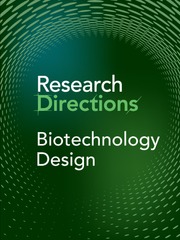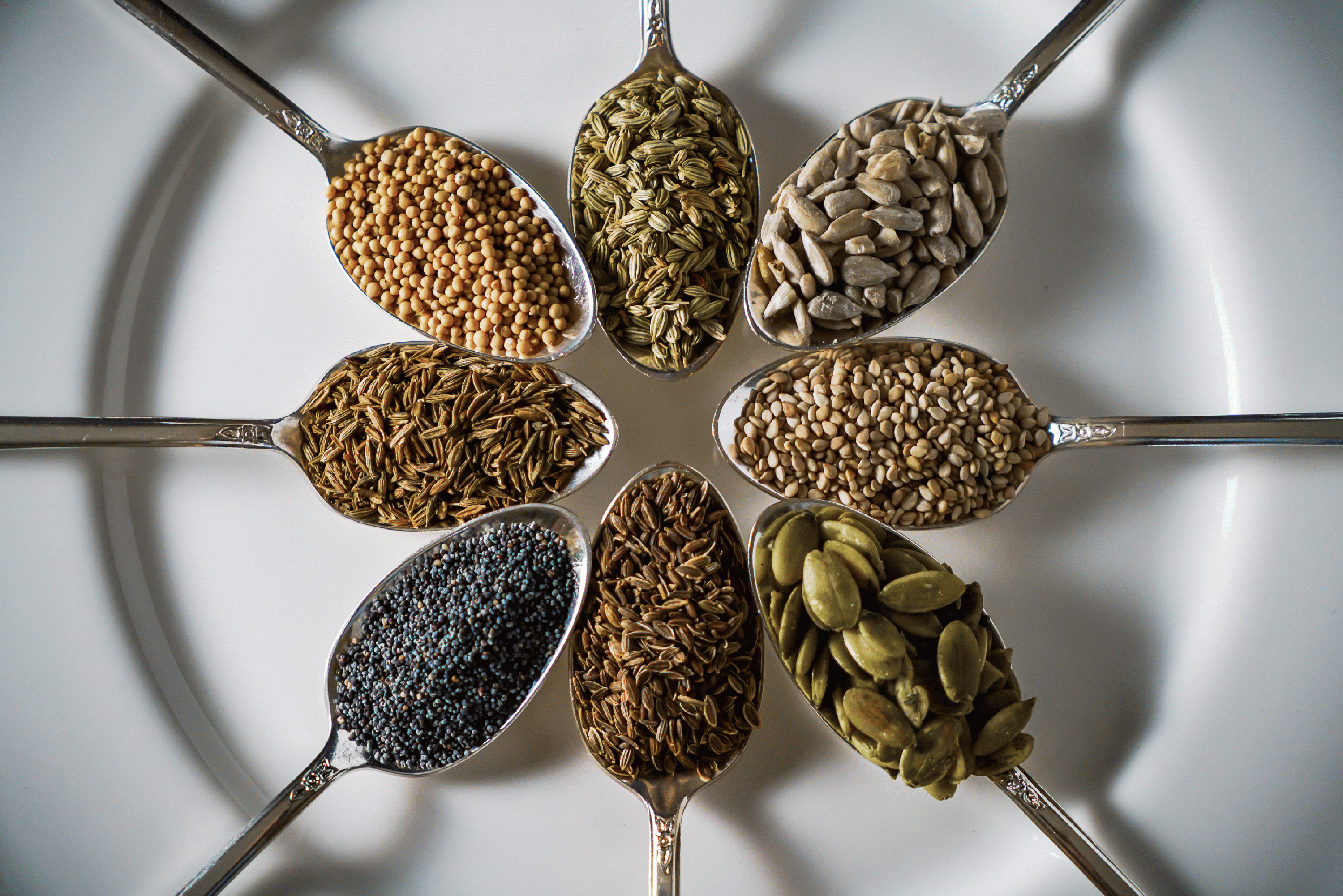Context
Biotechnology Design is a question-led journal. All our contributions should relate to and help answer one of our questions. But how do we know if we are asking the right questions? What if we are missing a new piece of science, new concept, new challenge, or a new biotechnology idea that does not match one of our questions. Could this new idea lead to new questions? This is the space for these new ideas. We especially welcome contributions from early-stage research which combines early experimentation and scientific data with a new idea, challenge of application domain. These papers may ultimately be seeds for new questions, contributions to our non-peer review ‘Community Section’ which will develop over time to become full papers. As with all contributions to Biotechnology Design these contributions should be question-led and, as contributions to our ‘New Seeds?’ theme do not connect to an existing question, the question being answered should be clearly stated.
Contributions
This is a wide topic, and we expect to the contributions which challenge us and push the boundaries of the question. We especially encourage scientific papers so long as the material is connected to a challenge and or specific context of deployment. As a broad (but not exhaustive) guideline, we invite contributions in the following areas:
Results
-
New method development in new areas of biotechnology, where those methods are also connected to the challenge or application domain, for example, methods which combine synthetic biology of microbes with microbial ecology to understand microbes in environmental remediation.
-
Assessment methods and results for understanding biotechnologies outside the lab including examples of in situ deployments and assessments of performance, quantitative and qualitative.
-
We also welcome null results papers that report experiments which may reveal limit of biotechnology systems and ideas.
Analysis
-
Reviews of key materials, technologies and case studies.
-
Proposals for design and/or assessment frameworks. These can include the design of new modelling computational software and hardware.
-
Horizon scanning or ‘call to action’ articles assessing relevant emerging technologies.
Impact
-
Reviews of patents and industrial applications and interest in this area.
-
Critical evaluation of existing projects, and their likely efficacy, evaluated against existing approaches.
-
Discussions on the academic, legislative and industrial barriers to innovation.
Additional material and early outputs
We welcome a broad range of curated discussion pieces including submission of design portfolios, short polemics, position pieces, or provocations. As the question content develops, we expect this engagement to comment on the existing archive of published material.
How to contribute to this Question
If you believe you can contribute to answering this Question with your research outputs, find out how to submit in the Instructions for authors (https://www.cambridge.org/core/journals/research-directions-biotechnology-design/information/author-instructions/preparing-your-materials). This journal publishes Results, Analyses, Impact papers and additional content such as preprints and ‘grey literature’. Questions will be closed when the editors agree that enough content has been published to answer the Question so before submitting, check if this is still an active Question. If it is closed, another relevant Question may be currently open, so do review all the open Questions in your field. For any further queries, check the information pages (https://www.cambridge.org/core/journals/research-directions-biotechnology-design/information/about-this-journal) or contact this email (biotechnologydesign@cambridge.org).
Competing interests
The author(s) declare none.





Comments
No accompanying comment.